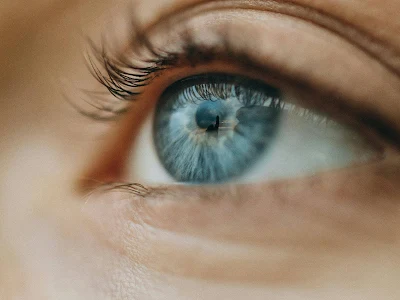Blue is one of the rarest colors in the natural world. While it is abundant in our skies and oceans due to the scattering of light, true blue pigmentation in plants, animals, and minerals is surprisingly scarce. This rarity has fascinated scientists, artists, and philosophers for centuries. The reason lies in chemistry, physics, and evolution.
Blue Pigments Are Chemically Complex
Unlike red, yellow, or brown pigments, blue pigments are not commonly produced in biological systems. Most biological pigments are based on relatively simple organic molecules like carotenoids (which produce yellows and oranges) or melanins (which create blacks and browns). These molecules absorb and reflect light at specific wavelengths based on their electron configurations.
To produce a blue pigment, a molecule must absorb wavelengths in the red to orange spectrum (around 620–750 nanometers) and reflect the shorter blue wavelengths (around 450–495 nanometers). This requires a particular arrangement of electrons and molecular bonds that is hard to achieve in nature using the biochemistry available to most organisms.
For example, the vivid blues in some birds and butterflies are not due to pigments at all but to structural coloration.

Structural Coloration: Blue Without Pigment
One of the main reasons blue appears in nature is not through pigment, but through physical structure. Structural coloration occurs when microscopic surfaces interfere with light to selectively reflect certain wavelengths. These structures manipulate light through diffraction, scattering, or interference, often producing intense and iridescent blues.
For instance, the brilliant blue feathers of the blue jay or the morpho butterfly are created by nanostructures in their feathers or wing scales that scatter light in specific ways. Under a microscope, these feathers are often brown or gray if the structure is destroyed.
This method of creating color is effective and visually stunning, but it’s fragile and complex to evolve. It also means that if an animal loses the precise microstructure due to mutation or damage, the color vanishes entirely.
Blue in Plants: Rare and Often an Illusion
Blue is also unusual in the plant kingdom. While many flowers appear blue, such as cornflowers or hydrangeas, they often rely on complex tricks to achieve that color. Most so-called blue flowers are actually modified versions of anthocyanin pigments, which are typically red or purple.
By altering pH levels in the cells, modifying molecular structures, or forming pigment-metal complexes (often involving aluminum or magnesium ions), some plants can shift the reflectance toward blue. This process is highly sensitive and energy-intensive, which is why true blue flowers are rare and prized.
For example, hydrangeas can appear blue in acidic soil (pH below 5.5) where aluminum is available, but they will turn pink or purple in more alkaline soil. This is not a change in pigment, but in how the pigment interacts with metal ions and cellular chemistry.

Blue in Minerals: Still Uncommon
Even in the mineral world, where color is driven by elemental impurities and crystal structures, blue is relatively rare. Minerals like lapis lazuli and azurite contain copper-based compounds that reflect blue light, but these are geographically limited and have been prized for thousands of years.
Historically, ultramarine pigment made from lapis lazuli was more expensive than gold in medieval Europe. Its rarity and vibrant hue made it the pigment of choice for painting the robes of the Virgin Mary and other sacred figures.
Why Evolution Avoids Blue
From an evolutionary standpoint, creating blue coloring through pigment or structure may not always offer significant advantages, especially given the complexity involved. Many animals have evolved to see red, green, and yellow more effectively, and the natural environment is dominated by greens and browns. Blue may not be as useful for camouflage, warning coloration, or mating displays—though in the few cases where it is, it tends to be dramatic and memorable.

Conclusion
Blue is rare in nature not because it's impossible, but because it’s chemically and structurally difficult to produce. Where it does occur—whether through the microscopic structures of a butterfly wing, the altered pH of a flower’s cells, or the metallic compounds in a gemstone—it’s the result of precise and often delicate interactions. That rarity is what gives blue its mystique and why it has been cherished in art, culture, and science for millennia.
Comments
Post a Comment